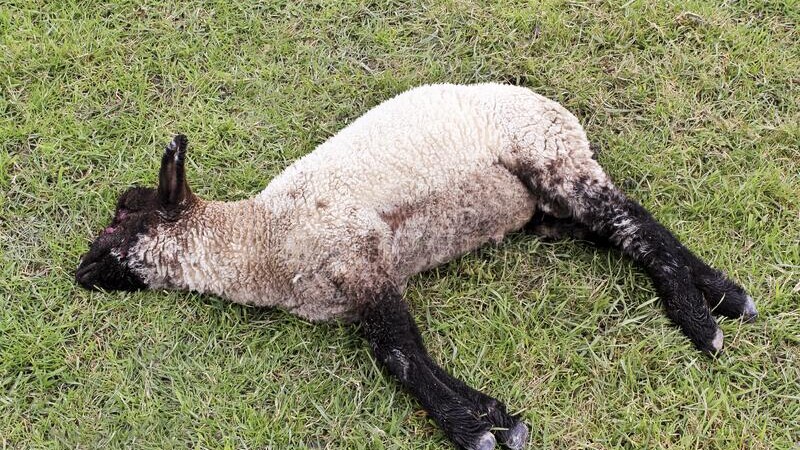

No matter how good sheep farming practices are, not all ewes and lambs will survive. One of the biggest factors contributing towards the loss of ewes and lambs is the weather especially in cold areas or seasons. It becomes hard for farmers to predict weather conditions during these months and adjust accordingly.
All animal fallen stock must be collected, identified and transported (or destroyed) without ‘undue delay’.
Storing carcasses for extended periods of time can increase the risk of disease and infection. The carcasses attract vermin and insects which will multiply if left. Getting rid of the carcass the same day reduces any potential risk of infection or disease.
How to dispose
Collection: The most commonly used method of disposal is by collection. All dead sheep should be collected and disposed off in a gazetted area away form the farm.
Incinerator: Having an on-site incinerator can help you dispose of your fallen stock quickly and safely and save you money on collection fees. This is where all carcasses are dumped and burnt off.
Many successful farmers run one of the incinerators and have successfully reduced their landfill costs by destroying their own waste. In the past, we have seen farmers work co-operatively to purchase an incinerator that they share between farms. This helps to keep the cost down while providing an effective waste management solution.
As a farmer during lambing season, incineration gives you complete control of the process and peace of mind knowing that your waste is fully destroyed, reducing the risk of disease and infection to your other animals at this critical time.
Livestock waste can be varied. Some of the waste types suitable for incineration include Fallen stock, Butchery waste, Animal By Products (ABP), Farm Slurry, Stillborns, Animal Bedding, Contaminated waste and Infected Carcasses.
 Contact Jaguza Support
Contact Jaguza Support